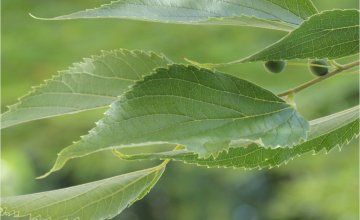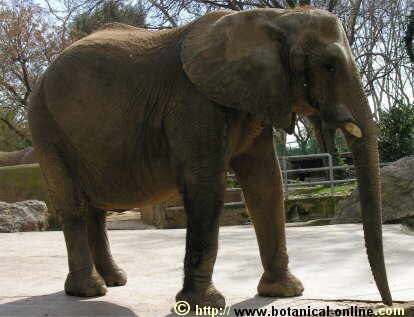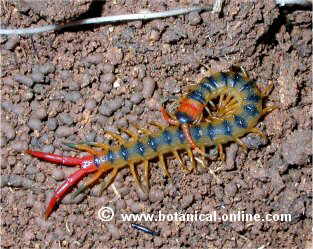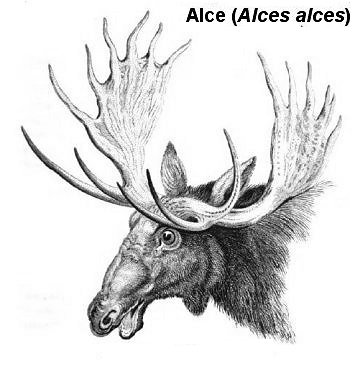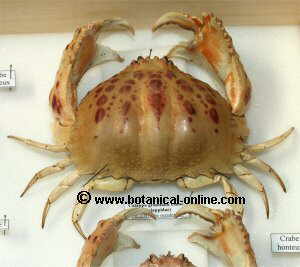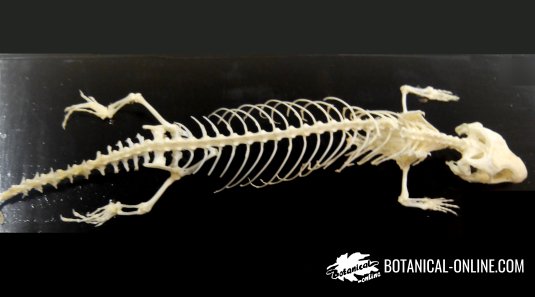What are mollusks?
What are mollusks like?
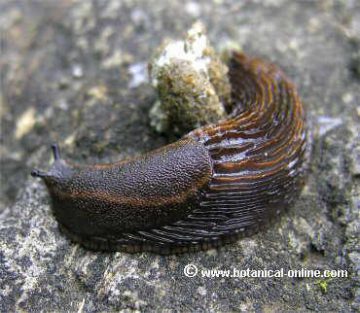
Mollusks are a group of invertebrates that have a soft body but this is normally protected by a hard shell.
These animals have a body divided into 3 parts: head (it has the mouth and tentacles), foot (it helps them to move around) and mantle (it protects the viscera area).
Depending on the shell of the mollusks, there are different types of mollusks: Gastropods, Cephalopods and others with a weirder name, Pelecypods or Bivalves, but well known to everyone who likes seafood (they include clams, cockles or mussels).
There are more than 100,000 species of mollusks. They are the most abundant group after arthropods.
Mollusks, like annelids, also have a soft body, but unlike the latter, their body is protected by a hard shell (although they do not always have one).
Main characteristics of mollusks
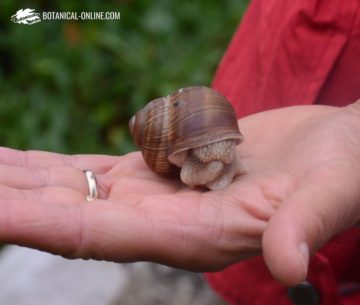 Non-segmented body and bilateral symmetry. In addition to having a soft body protected by a hard shell, mollusks are mainly characterized by:
Non-segmented body and bilateral symmetry. In addition to having a soft body protected by a hard shell, mollusks are mainly characterized by:
- Body protected, in some cases, by a shell that is made up by the mantle.
- Branchial-type respiration. They breath through the gills found in the paleal cavity.
- Hermaphroditic (some bivalves and gastropods) or dioecious sexual reproduction.
- Very diverse habitats: sea, freshwater and land.
- Carnivorous or herbivorous diets.
![]() More information on animals
More information on animals

